Routines For School: How To Help a Reluctant & Anxious Child Thrive in Daily Routines and Reading.
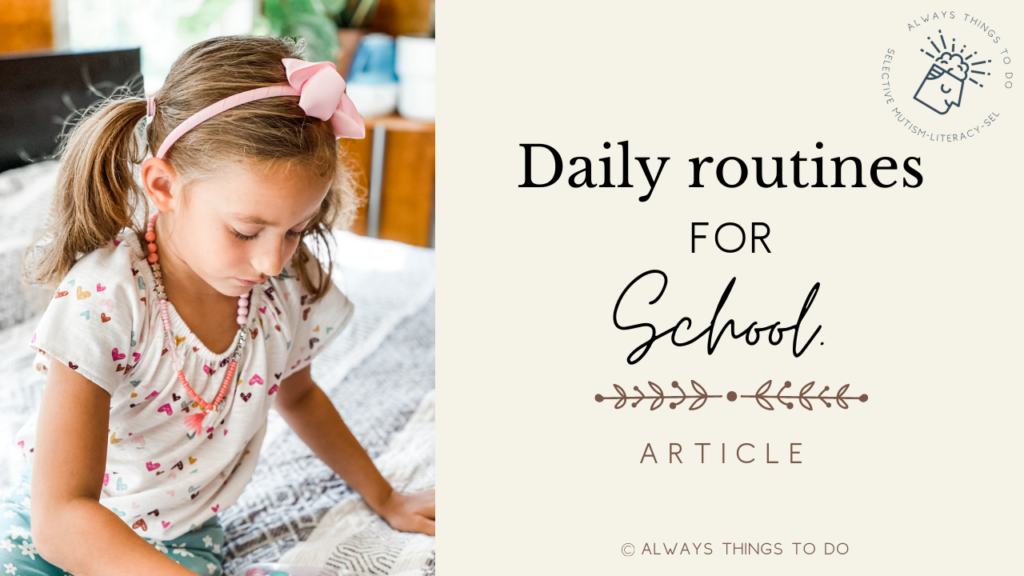
The article will talk about the best routines for school that will work for any child, especially for a child with selective mutism. You will find an example of a daily schedule free printable for your child.
Routines for School: Daily Schedule Routine.
Every young learner thrives in predictable routines for school and regular procedures. It is especially true for a child with selective mutism.
Predictability in routines for school reduces the unknown – the cause of anxiety for a child with selective mutism.
Therefore, planned and familiar schedules and expectations can help the child with selective mutism function comfortably and more efficiently in school and at home.
While routines for school and school procedures are the critical factors for school success for all children, kids with selective mutism benefit enormously from having some predictable routines at home.
When the child knows the daily schedule, even on weekends, the child will feel:
- Less bored (it will prevent many “boredom” tantrums)
- Less triggered by things that happened at home (getting into a fight with a sibling, loud noises from TV, being overstimulated by many stimuli, total sensory processing nightmare, and more).
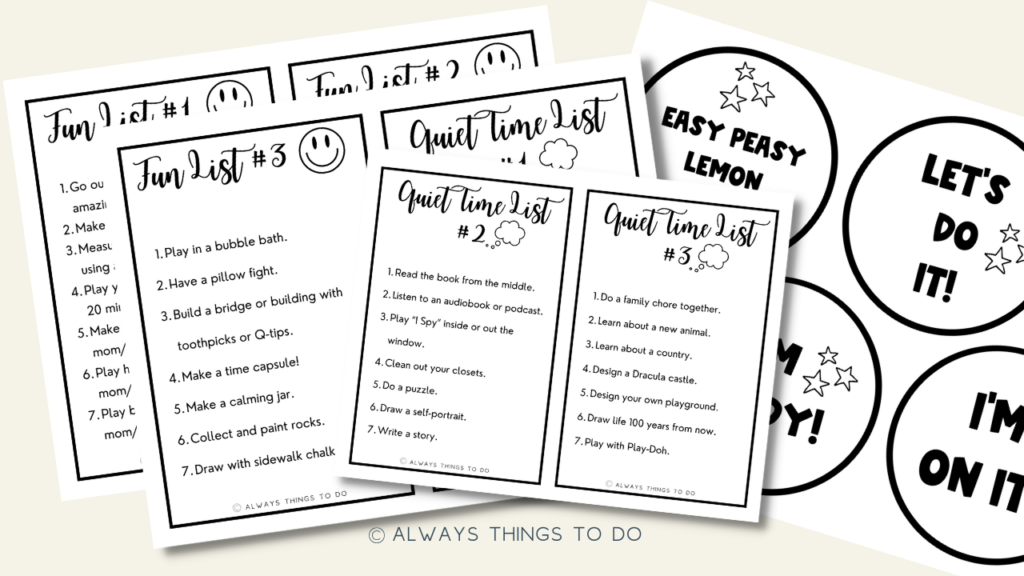
As a mom of a child with selective mutism, I have learned that my child functions best when the day is planned, packed with a variety of activities, and gives a choice for a child to relax, play, have fun, learn and connect with a parent. I know how that working parents cannot afford a lot of time for their kids.
As a busy mom myself, I understand the need for a fun schedule that nurtures independence and supports your child in completing the required school work, having some independent, fun time, and being creative without too much help from parents.
I want to share an example of the daily routines for school my child follows on school days and weekends. This daily routine focuses on five essential areas: HOMEWORK, FUN activities, CREATIVE activities, READING, and QUIET time.
The routine schedule provides multiple choices for a child to follow, teaches independence and accountability, makes it easy for a child who struggles with making choices (selective mutism children in particular) to pick what to do.
The free printable daily schedule for kids contains easy-to-understand and follow routines for success that a 6- or 7-year-old can follow independently with initial parents’ guidance and support.
You can download routines for school here.
The best part of this daily schedule routine is that it has an 18″ X 24″ poster with five areas and many cards with fun and creative activities for a child.
As an educator, I see a huge need to support any child at home in developing great homework routines. Another great habit to create for any child is the habit of reading. While homework and reading are an essential part of growing up, I know that they might present a challenge for some children.
For my daughter, homework has been a massive cause of anxiety that would lead to disobedience, tantrums, reluctance, procrastination, and other behaviors typical for a child with selective mutism. She was once a reluctant reader as well.
Children with selective mutism often shut down and feel more anxious when are faced with challenging academic material or any tasks that might take effort and making decisions. As a result, children with selective mutism avoid homework time, throw tantrums and dislike activities they are not good at.
Daily routine free printable for kids has three essential parts:
- Printable poster
- Choice cards
- “Buttons”
The printable poster has five areas:
- HOMEWORK
- READING (I’m a fan of it!)
- CREATIVE
- FUN/PLAY
- QUIET Time
You can print the poster in big format at the local staples center. The instructions for printing are included.
The child has 5 “buttons” with stars. These are the buttons a child places on one of the five areas after the task is complete. The buttons with no stars are additional.
The first area, “Homework,” needs to be filled in by a child. Use a dry-erase marker to write a list of homework activities for a day. Once the “Homework” section is done, a child places a “button” to show the task is complete.
The area “Reading” has three Reading Lists. A Child chooses one out of three lists, and then a task to complete. All the tasks in the “Reading” area are reading for a certain amount of time.
A child with selective mutism benefits such a presentation of tasks for homework and reading because of two reasons:
- The child has a finite list of things to tackle (the child knows what needs to be done and feel accomplished once all the homework activities are checked off)
- The reading activity is timed (the child knows once the time is up, he/ she can play, so the reading task is not something they avoid).
“Creative,” “Fun/Play,” and “Quiet Time” areas also have three lists with choices. A child chooses 1 task from any list and completes it based on instructions. When the task is complete, the button is placed on the area.
These routines for school work nicely for my child. She feels good when in control of making decisions about her free time, and she is less anxious once she has a finite list of school activities and timed reading practice.
Most suggestions of activities in the lists are something a child can do independently. Others will require a parent’s guidance and participation (great time to connect!).
Download daily schedule free printable here and watch the video that explains these routines for school poster.
Routines for School: 30-Day Day Reading Challenge for Reluctant Readers.
Have I already mentioned reading is my jam? I love reading, and I create many opportunities for my child to read daily, consistently, and independently.
While there is an enormous amount of benefits to reading, I know from my own experience that a child with selective mutism may often be a reluctant reader, especially at the initial stages of reading when a child learns sounds and simple words.
My daughter was a reluctant reader. Mistakes in pronunciation and difficult words would stress her out, and she would give up quickly. The two things helped to move my daughter from being a reluctant reader to developing independence in reading:
- Consistency in exposing a child to reading (you can start with 2-minute reading activity).
- Use a timer when a child reads. It gives a child a sense of control.
When my daughter was in Kindergarten, I would put the timer for 2 minutes to practice reading specific sounds and words, and then a 5-minute timer to read “baby” books with simple words and tons of pictures.
Remember, consistency is a king. In the first grade, we increased the reading time to 15 minutes of assisted reading. I would help my child read difficult words while she read most of the story. The reading practice continues over the summer. At some point, a child becomes very accustomed to daily reading.
Another great idea was to present reading time to a child as a challenge. I created this 30-day reading challenge. It has three levels, from beginner to advanced. At different levels, a child has longer or shorter timed reading tasks.
The 30-day reading challenge comes with a giant poster that allows a child to track the success in the challenge and visually represents the results. The reading challenge is another routine for success that will help your child develop a habit of reading without being too stressed.
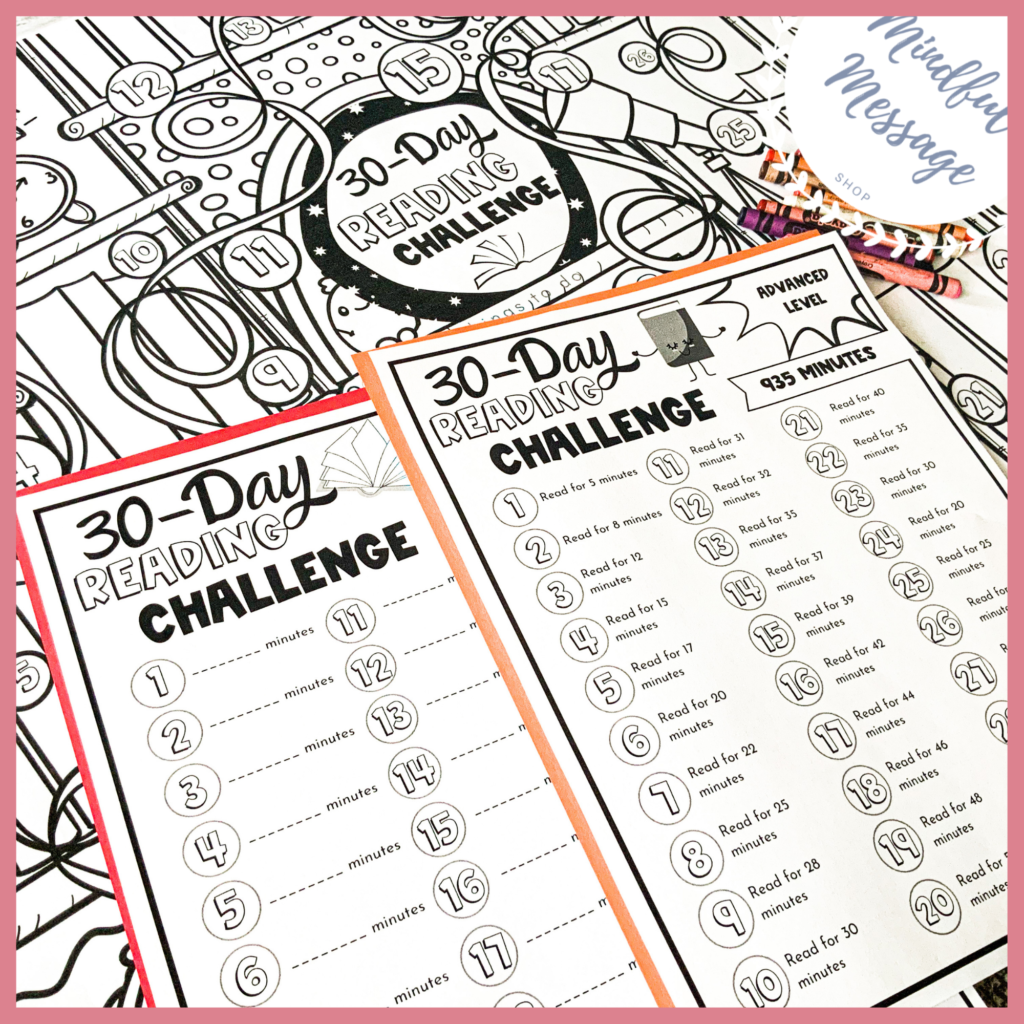
Download the 30-Day Reading Challenge for reluctant learners here.
If you liked the information in this post, make sure you explore other posts about selective mutism:
- “What Is Selective Mutism?”
- “Selective Mutism: How To Beat Crisis, Screaming, and Fear.”
- Diagnosis of Selective Mutism: Simple Parent Guide and Steps to Take.
- What Are The Causes of Selective Mutism?
- Is Selective Mutism a Disability?
- How Do You Treat Selective Mutism?
- 70 Selective Mutsim Symptoms & 3 Diagnostic Criteria.
- Selective Mutism Myths: Most Common Concerns Addressed.
- Selective Mutism Classroom Accommodations: What You Need To Know About 504 and IEP.
Check out the expanding library of tools. Go to the selective mutism page and scroll to the bottom section, “Latest Projects.”
Connect with me on social media @alwaysthingstodo.

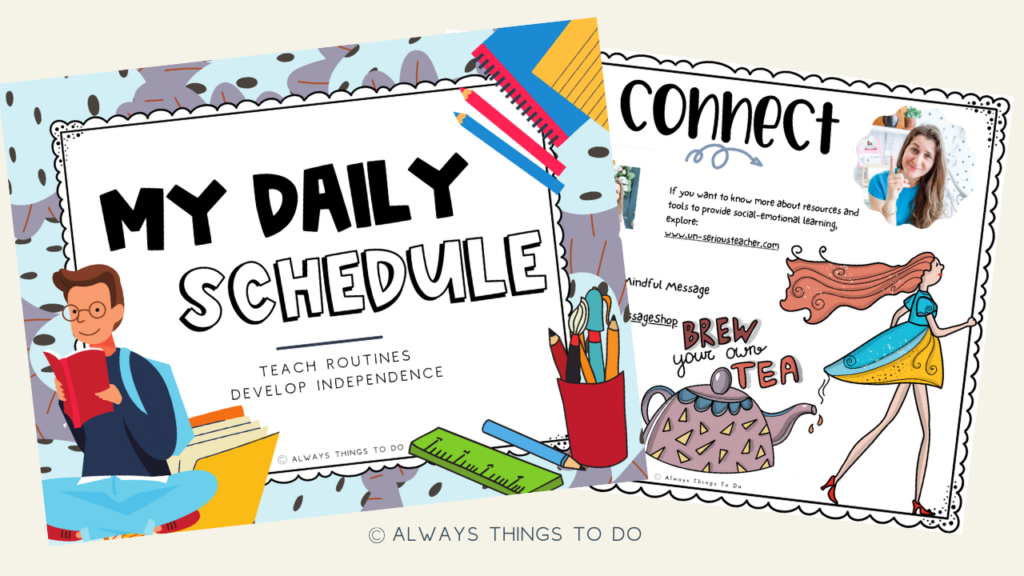
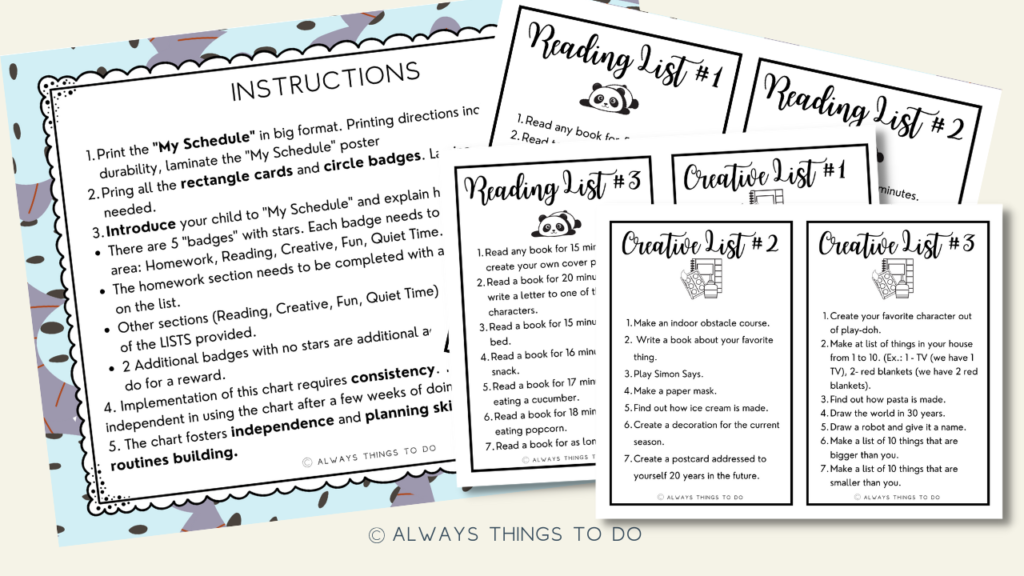
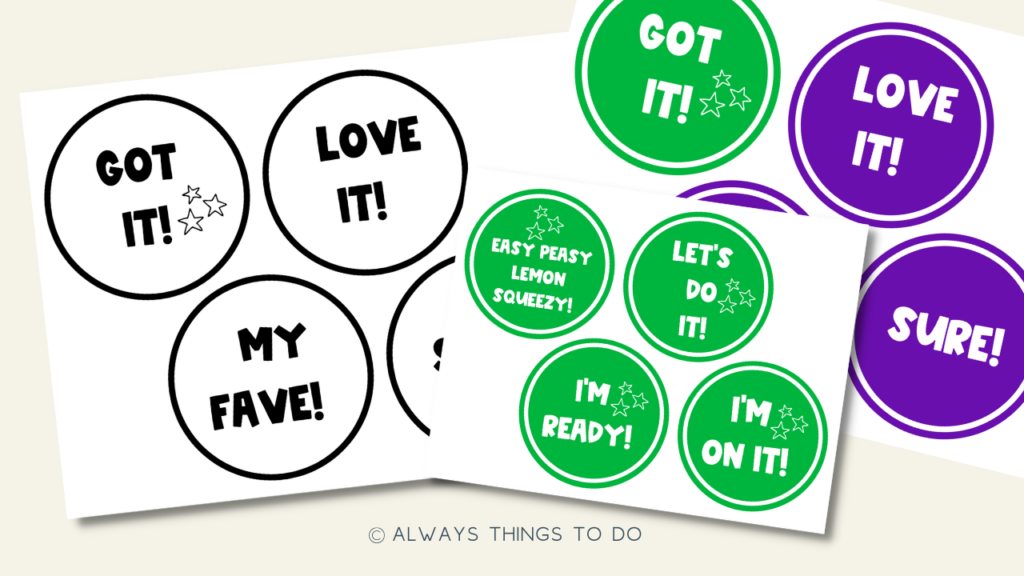



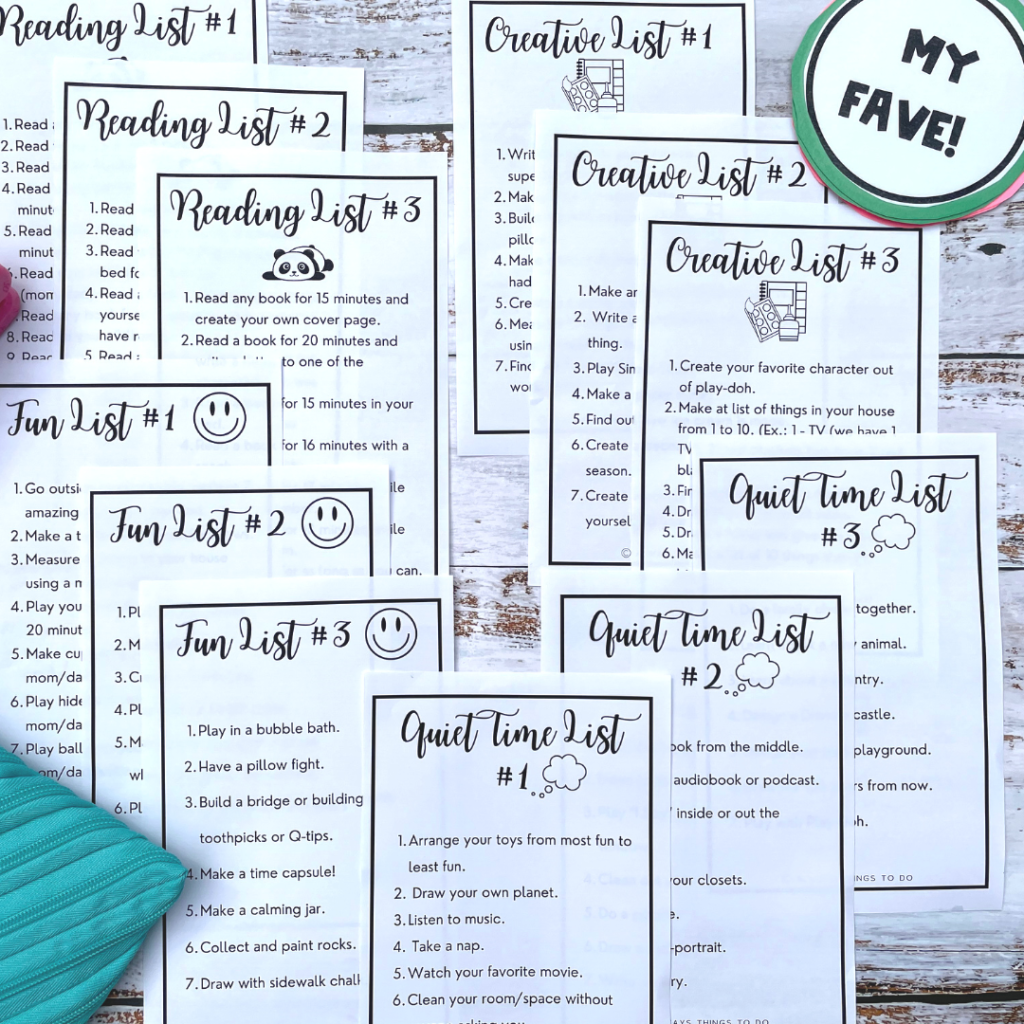
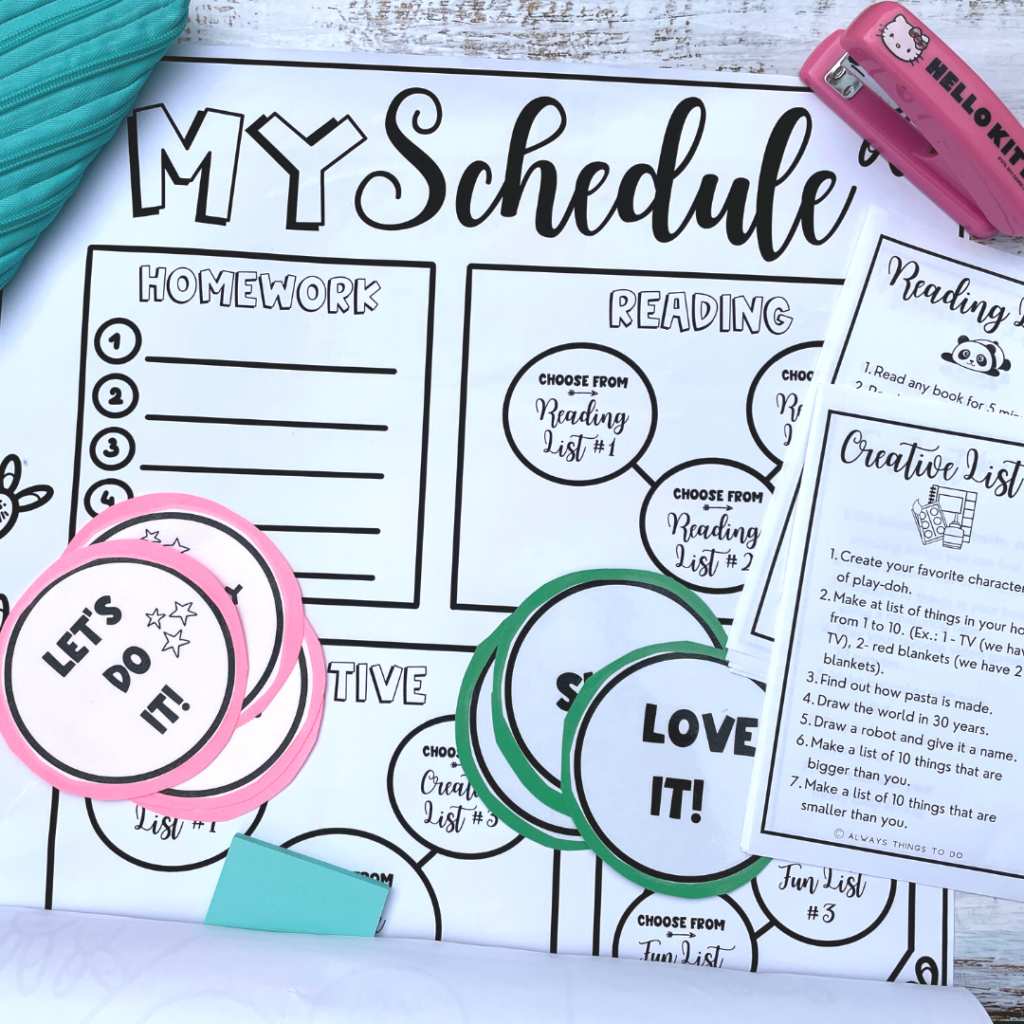
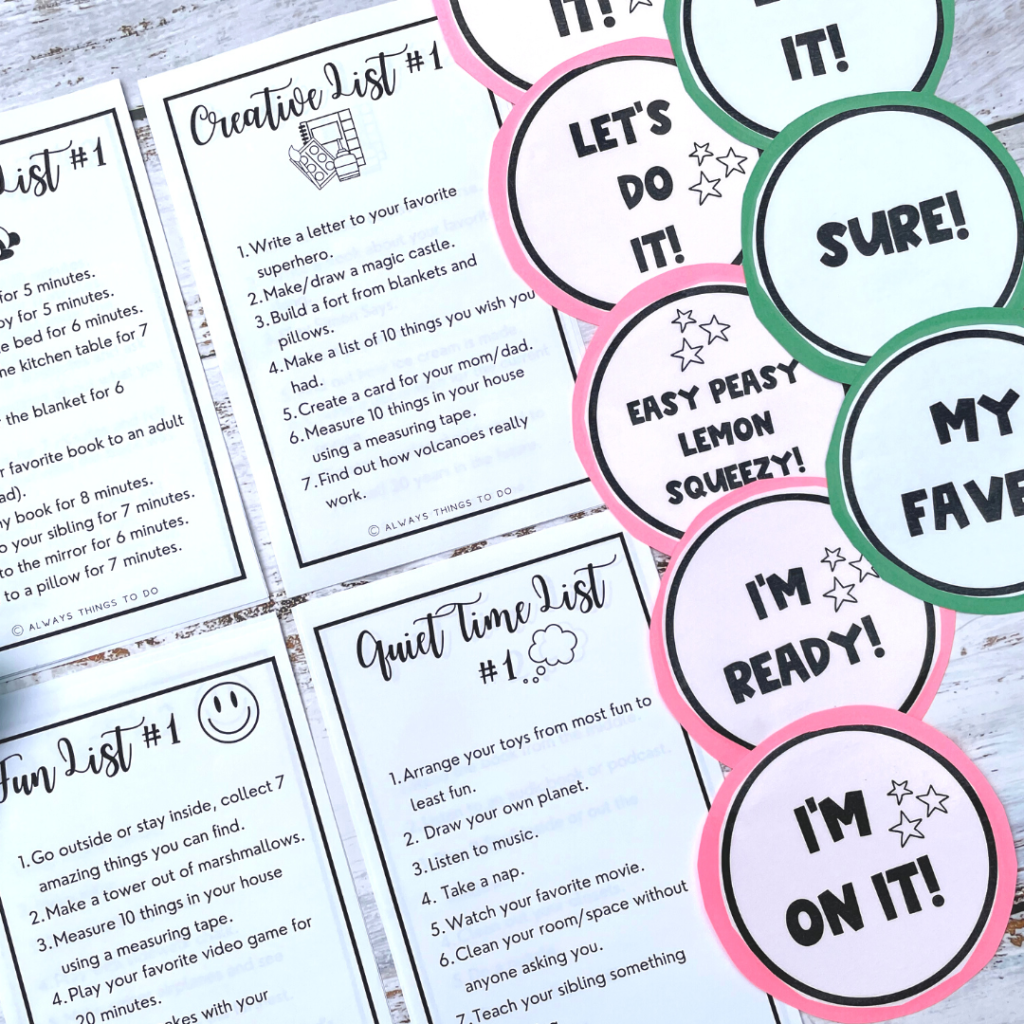

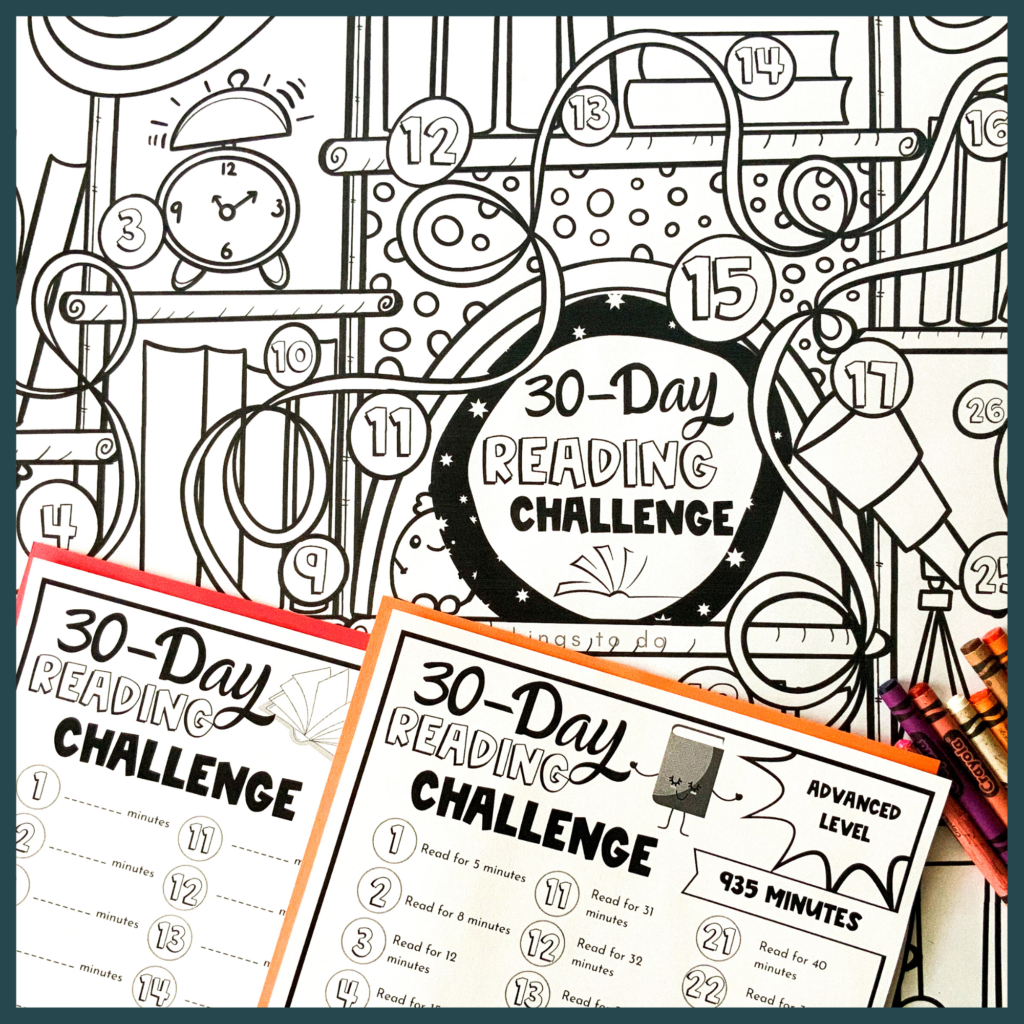



One Comment
Pingback: